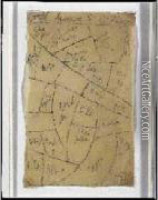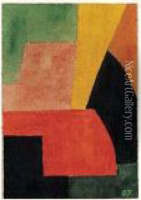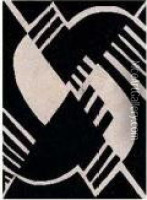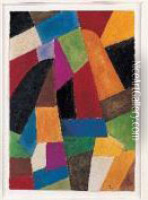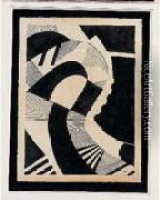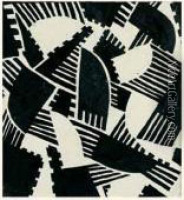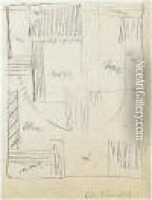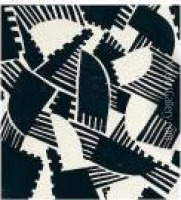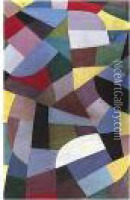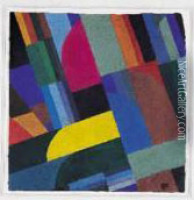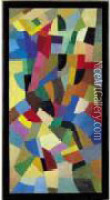Otto Freundlich Paintings
Otto Freundlich was a German painter, sculptor, and abstract artist, closely associated with the development of modern art in Europe and the avant-garde movements of the early 20th century. Born on July 10, 1878, in Stolp, Prussia (now Słupsk, Poland), Freundlich initially studied dentistry before deciding to pursue an artistic career. He moved to Paris in 1908, where he became involved in the vibrant artistic community and was influenced by the work of artists such as Pablo Picasso and Georges Braque.
Freundlich’s art was deeply rooted in the abstraction movement; he was one of the pioneers of non-objective art, focusing on the spiritual and symbolic interpretations of form and color. He believed in the harmonious balance of shapes and was an advocate for the idea that art could help transform society. His commitment to abstraction led him to join the Abstraction-Création group in 1931, which promoted abstract art and counted among its members artists like Jean Arp and Wassily Kandinsky.
During the 1930s, Freundlich's work, along with that of many other modern artists, was targeted by the Nazi regime as 'degenerate art.' His sculpture 'Der Neue Mensch' was featured on the cover of the Nazi propaganda booklet that accompanied the Degenerate Art Exhibition of 1937. This notoriety put Freundlich at great personal risk, and he was forced to flee Paris in advance of the German occupation in 1940.
Freundlich continued to produce art even in hiding, but in 1943, he was arrested by the Gestapo and deported to the Majdanek concentration camp in occupied Poland. Tragically, he was murdered there shortly after his arrival, on March 9, 1943. Despite his death and the destruction of many of his works by the Nazis, Freundlich's legacy endures. His art is celebrated for its visionary qualities and its role in the evolution of abstract art. His works are held in various collections worldwide and continue to be the subject of exhibitions and scholarly study.
